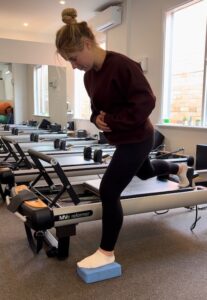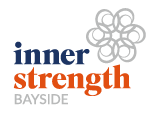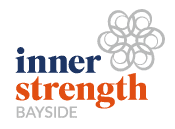Understanding Your Clinical Pilates Exercise Program: The Reason Behind Why You May Be Only Exercising On One Side Of Your Body.
Do you notice that all your injuries occur on one side of your body? That you may feel like you have one side that is a lot weaker/more injury prone than the other? Or that exercises in standing vs sitting are more effective?
Re-occurrent injuries on one side of the body is something that we often see as physiotherapists and can become a challenge to treat, especially when pain is chronic and persistent. Craig Phillips, the creator of Clinical Pilates has identified a specific exercise prescription tool, the ‘movement-based classification & treatment’ (MCBT) technique.
This tool allows our physiotherapists to identify patients’ directional preference and individualise their exercises to achieve optimal results. Once an individual with pain is placed in the least provocative position, better muscle recruitment and stabilisation is achieved.
In an initial Physio-led exercise assessment, your physiotherapist will be able to determine if you bias or prefer a specific direction e.g. flexion (bending forwards), extension (bending backwards), the left or right as well as rotation. They do this through looking at:
- The side that most of your injuries have occurred
- The positions that are most comfortable for you
- The positions that cause you discomfort
- Any trauma that may have caused your injury.
Your physiotherapist will also thoroughly assess your movements in clinic, to further identify any discrepancies between left and right, and determine which side or positions you have the most strength and control in. So, for example, if you have a history of multiple injuries through the left side of your body, and have difficulty controlling this side, we will incorporate more exercises moving the left, to increase control on this side. Similarly, if you feel most comfortable in an extended position for example standing, walking, running, but dislike flexing forwards (sitting, bending forwards, cycling), we will look to focus on exercises that incorporate this extended position.
Once this information is gathered, your physiotherapist will be able to individualise your physio-led exercise program so that you are working in an optimal position, reducing pain, improving function and getting the most out of your treatment session. Most of your exercises will focus on muscle recruitment, which will work towards efficient, controlled movement.
You will also gain some insight into daily positions that may irritate you/exacerbate symptoms, which you may want to avoid in the short-term, if symptoms are very severe. We will continue to check in with you to ensure these exercises are appropriate and helping to manage your symptoms.
Written By Laura



